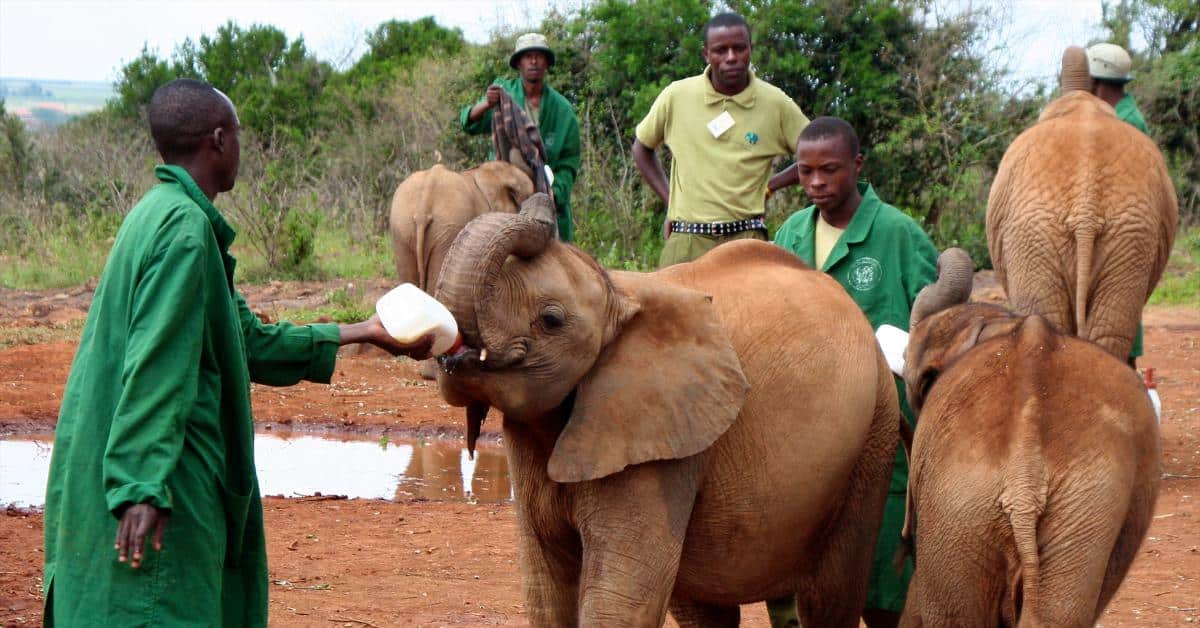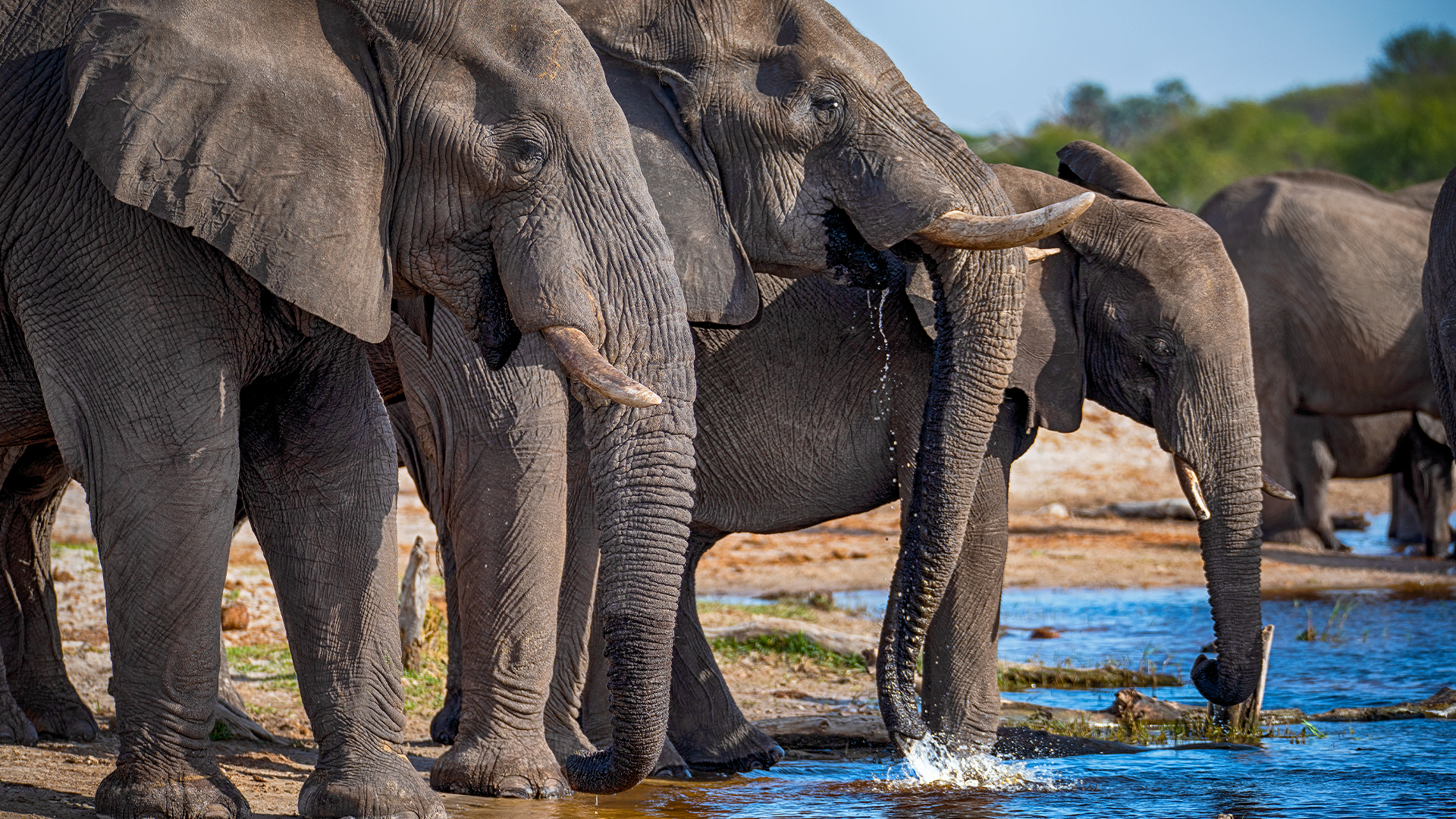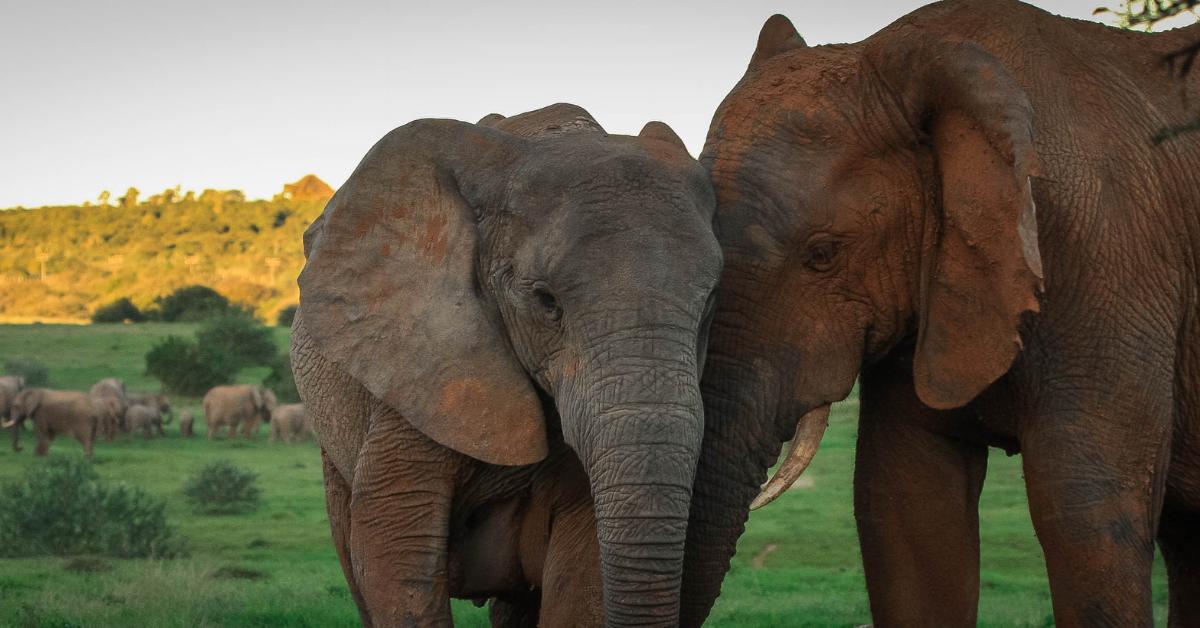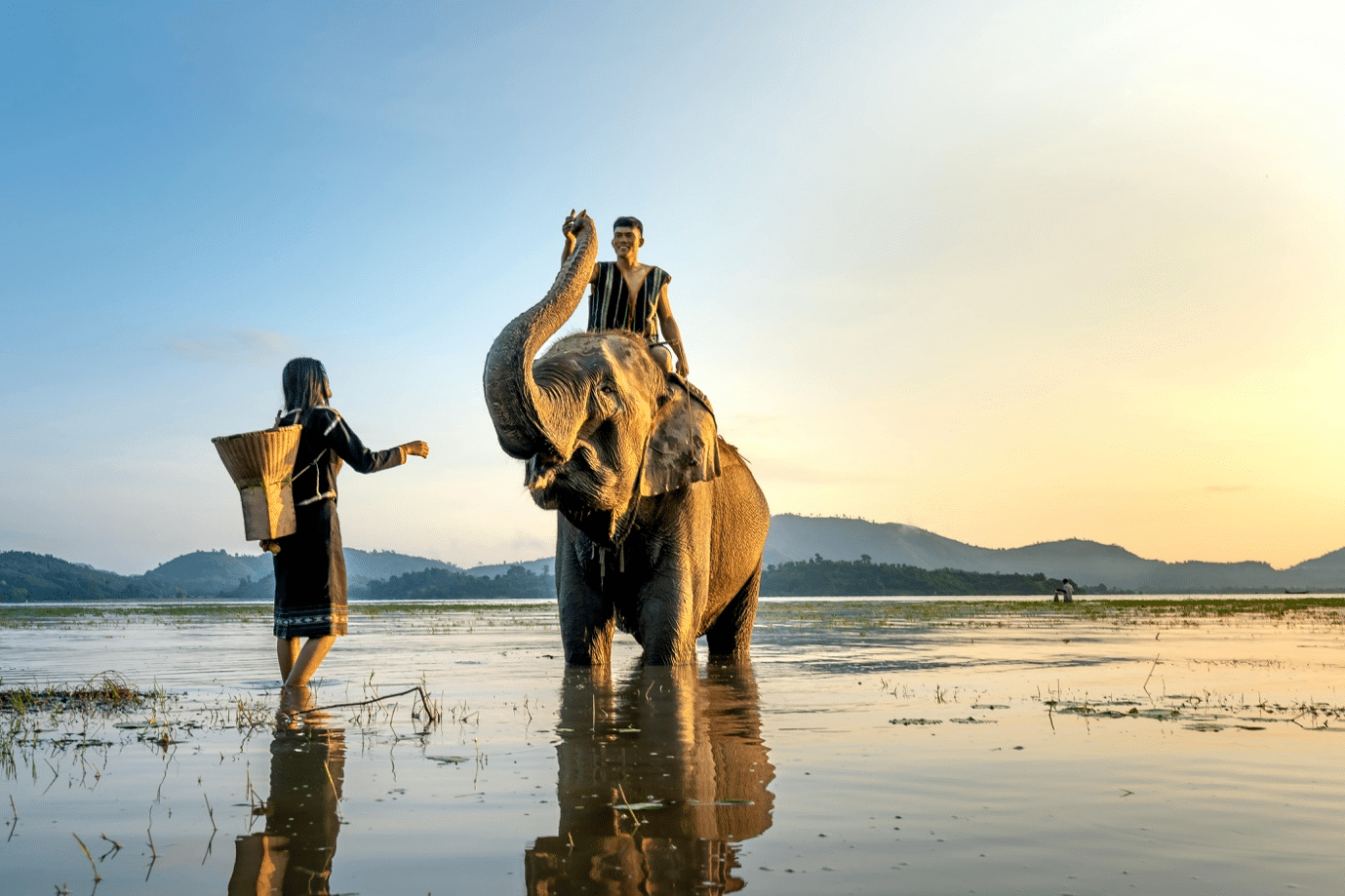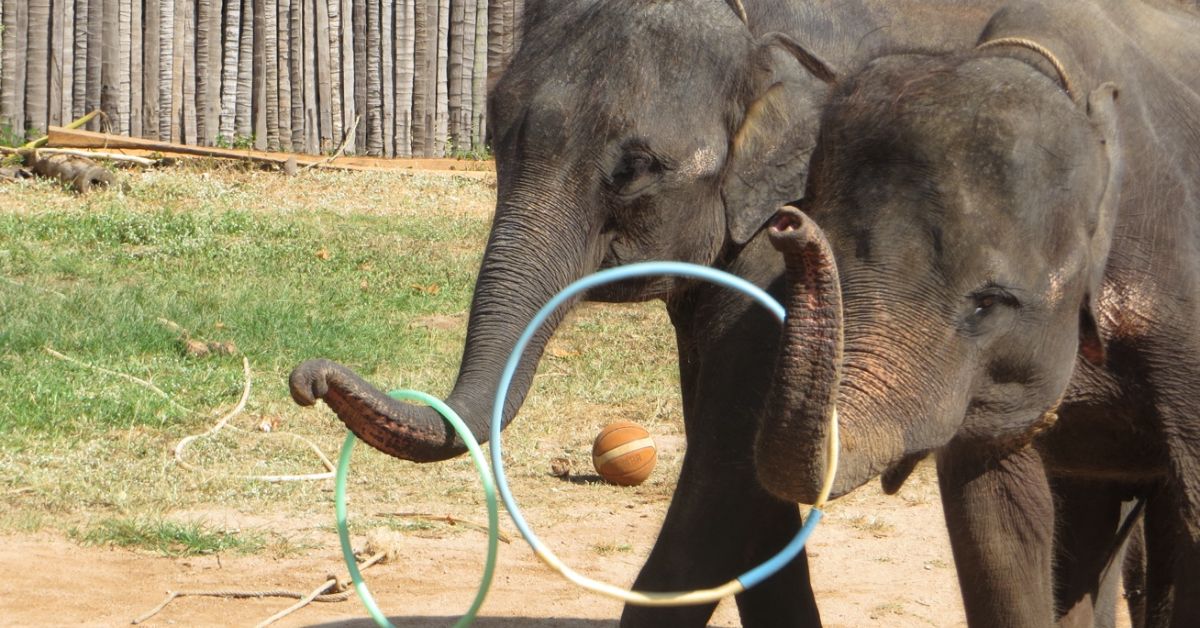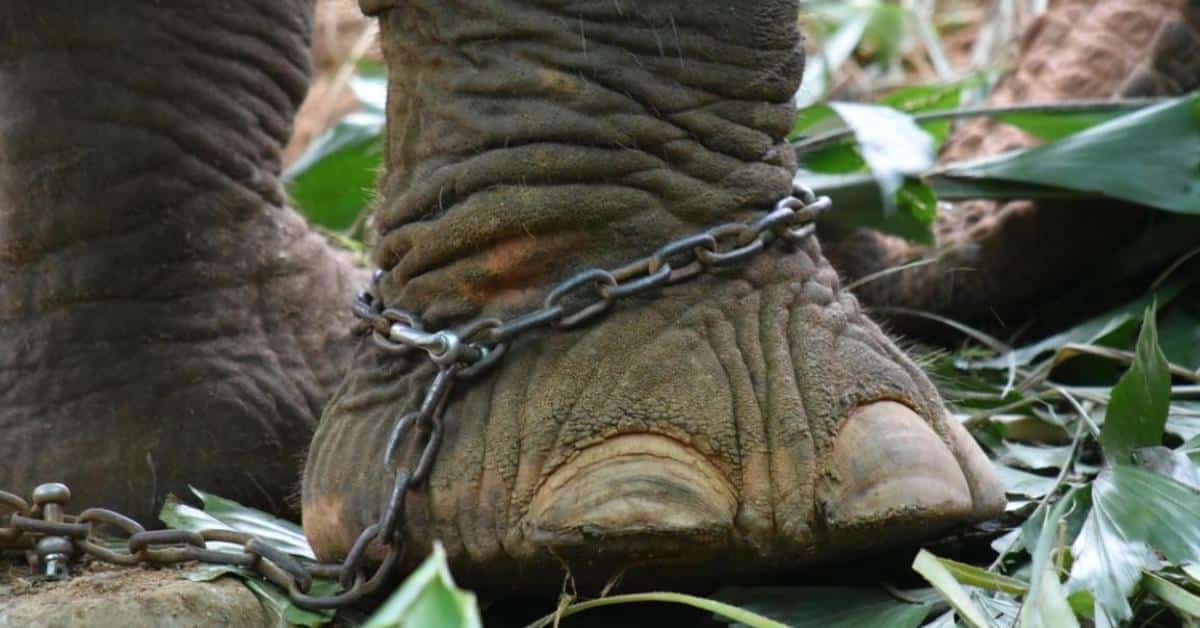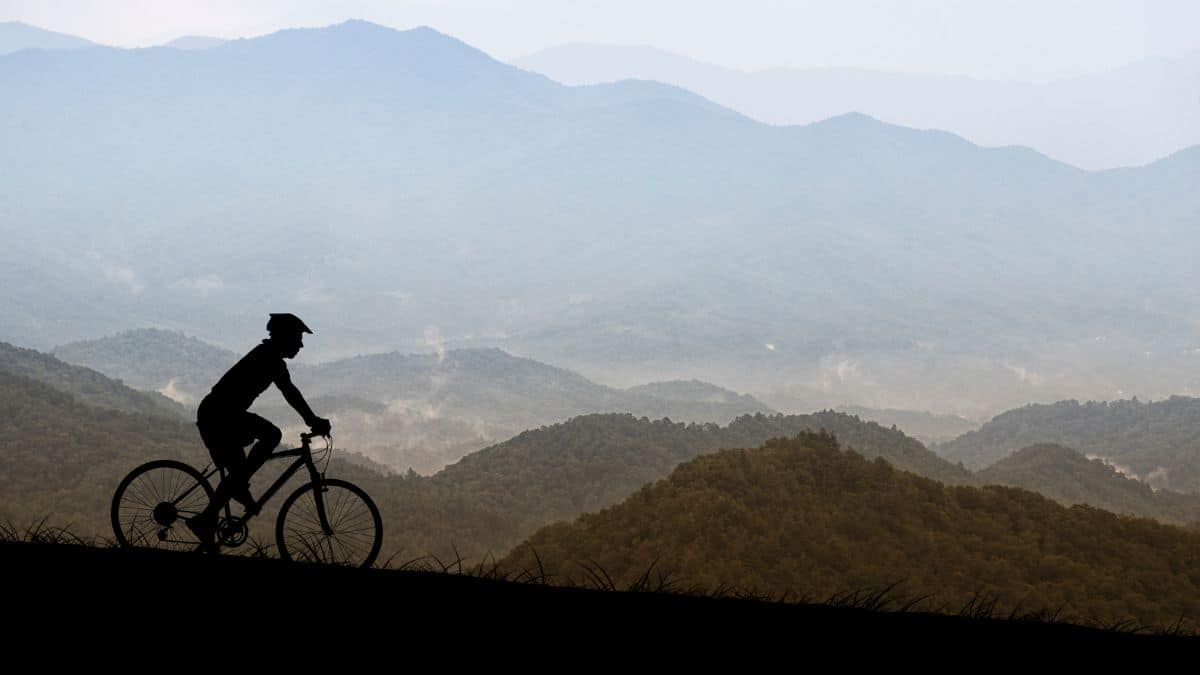Introduction
Welcome to Gombe Stream National Park, an enchanting corner of Tanzania that is a haven for wildlife and holds historical significance as the research site of renowned primatologist Jane Goodall. Nestled on Lake Tanganyika’s shore, this pristine national park is a must-visit site for nature enthusiasts, adventure seekers, and those eager to witness the wonders of chimpanzee behavior in their natural habitat.
In this comprehensive travel guide, we will delve into the details of Gombe Stream National Park, from its rich history to its diverse wildlife and the best ways to explore this lovely destination in 2023/2024.
About Gombe Stream National Park
Gombe Stream National Park, established in 1968, is Tanzania’s smallest national park, covering an area of approximately 52 square kilometers (20 square miles). Despite its size, it is full of natural beauty and biodiversity. Its primary claim to fame is its population of wild chimpanzees, making it among the best places on Earth to observe these fascinating primates.
Getting There
To reach Gombe Stream National Park, you’ll first need to make your way to the town of Kigoma, which serves as the gateway to the park. Kigoma is accessible by both air and water. You can fly into Kigoma from major cities in Tanzania, such as Dar es Salaam or Arusha. Alternatively, you can take a charming boat ride from Kasanga, a town located on the eastern shores of Lake Tanganyika.
Once in Kigoma, you can arrange transportation to the park through various means. The most common option is to take a private boat or a public ferry from Kigoma to Gombe Stream National Park. The boat ride is an adventure, offering striking lake views and its surrounding landscapes.
Chimpanzee Trekking
The highlight of any visit to Gombe Stream National Park is observing wild chimpanzees up close. As the research site of Jane Goodall’s groundbreaking studies, Gombe Stream offers a unique chance to witness our closest relatives’ complex social dynamics and behaviors in the animal kingdom.
Chimpanzee trekking is a guided activity led by experienced park rangers and guides. Early in the morning, small groups of visitors set out on foot, venturing into the lush forests of Gombe in search of chimpanzee communities. The guides rely on their expert tracking skills and knowledge of the chimpanzees’ habits to locate them.
Once you find a group of chimpanzees, you can spend an hour in their presence. Observe their interactions, learn about their social structures, and witness their remarkable intelligence. It’s a humbling and awe-inspiring experience that will impact your understanding of these incredible creatures.
Other Wildlife Encounters
While chimpanzees are undoubtedly the stars of Gombe Stream National Park, the park is also home to many other wildlife species. As you explore the forests and walk along the park’s trails, please keep your eyes peeled for the lively red colobus monkeys, olive baboons, vervet monkeys, and various bird species that call Gombe Stream their home.
The park’s diverse habitats, including forests, grasslands, and streams, support an impressive array of flora and fauna. Birdwatchers will be happy to have the chance to spot various avian species, including African fish eagles, African grey parrots, hornbills, and kingfishers. The park is also home to reptiles, amphibians, and butterflies, adding to the richness of its biodiversity.
Hiking and Nature Walks
Beyond chimpanzee trekking, Gombe Stream National Park offers ample hiking and nature walk opportunities. The park is marked by a series of trails that wind through its different landscapes, providing a chance to immerse yourself in the beauty of nature.
Guided nature walks let you discover the park’s different ecosystems, from dense forests to grassy plains. Along the way, knowledgeable guides will introduce you to the fascinating plant life and point out various animal species and their habitats. Hikes to scenic viewpoints, such as Jane’s Peak, reward you with breathtaking panoramas of the park and the sparkling waters of Lake Tanganyika.
Accommodation and Facilities
Gombe Stream National Park offers several accommodations to suit varied preferences and budgets. The park has a few campsites where visitors can pitch their tents, allowing for a truly immersive wilderness experience. Camping in Gombe Stream enables you to fall asleep to the forest’s sounds and wake up to the melodies of birdsong.
For those seeking more comfort, there are also a handful of small lodges and guesthouses near the park. These establishments provide basic yet cozy accommodations, often nestled amidst the lush vegetation, offering a tranquil retreat after a day of exploration. Most lodges and guesthouses provide meals and basic amenities, ensuring a comfy stay in the heart of nature.
Conservation and Research
Gombe Stream National Park holds immense importance in primatology, wildlife conservation, and environmental research. The park’s history is closely intertwined with the groundbreaking work of Jane Goodall and her research team, who arrived in Gombe in 1960 to study chimpanzee behavior. Their pioneering studies have revolutionized our understanding of these remarkable animals and shaped the field of primatology.
Today, ongoing research and conservation efforts continue to contribute to preserving Gombe Stream National Park’s delicate ecosystem. Researchers and scientists tirelessly monitor the chimpanzee populations, study their behavior, and address conservation challenges.
As a visitor, you can learn about these initiatives and contribute to the park’s conservation through your presence, support, and encounter with wild chimpanzees.
Best Time to Visit
Gombe Stream National Park can be visited throughout the year, but the best time to plan your trip is during the dry season, which typically runs from June to October. During this time, the weather is arid and sunny, creating ideal conditions for outdoor activities. The dry season also coincides with the chimpanzees’ fruiting season, increasing their chances of encountering them.
It’s important to note that Gombe Stream National Park has a tropical climate, and rain can occur at any time of the year. The wet season (November-May) brings lush greenery to the park but also means that trails can be muddy and slippery. Nevertheless, even during the wet season, Gombe Stream has its unique charm, with fewer visitors and stunning landscapes.
Conservation and Responsible Tourism
When visiting Gombe Stream National Park, embracing responsible tourism practices and contributing to conservation efforts is essential. Here are a few guidelines to ensure that your visit is both enjoyable and sustainable:
Follow the instructions of park rangers and guides at all times. They are trained to prioritize the well-being of both visitors and wildlife.
Maintain a safe distance from the chimpanzees and other animals, allowing them to go about their natural behaviors without disturbance.
Do not feed or touch the wildlife. Respecting their wild nature and maintaining their natural foraging behaviors is essential.
Minimize your environmental impact by disposing of waste properly and avoiding littering. Leave no trace of your visit behind.
Support local conservation efforts and initiatives. Consider donating to organizations working to protect Gombe Stream National Park and its inhabitants.
By practicing responsible tourism, you can help preserve this precious ecosystem for future generations to appreciate and enjoy.
Final Thoughts
Gombe Stream National Park is a true jewel of Tanzania, offering a unique opportunity to delve into the world of chimpanzees and immerse yourself in the park’s natural wonders. From chimpanzee trekking to hiking, wildlife encounters, and moments of tranquility in the heart of nature, Gombe Stream promises a truly unforgettable experience.
As you plan your visit to Gombe Stream National Park in 2023/2024, keep this comprehensive travel guide as your companion. Embrace the park’s magic, respect its delicate ecosystem, and leave with a newfound appreciation for the remarkable wildlife and the pioneering research that has shaped our understanding of these incredible creatures. Get ready to go on a grand adventure in the home of Jane Goodall in Tanzania!
Frequently Asked Questions (FAQs)
1. What is the best time to visit Gombe Stream National Park?
The ideal time to visit the Gombe Stream National Park is primarily based on the activities you plan to indulge in. Generally, the dry months of June to October are considered the best time to visit as the vegetation is less dense, and wildlife, especially chimpanzees, is easier to spot.
However, if you’re a bird-watching enthusiast, you might prefer the wet season from November to April, when migratory birds can be witnessed. So, while planning your visit, consider your interests and the seasonal variations in the park’s flora and fauna.
2. How do I reach Gombe Stream National Park?
Due to its remote location, Gombe Stream National Park is almost exclusively accessed by boat from Kigoma town. This boat ride traverses the picturesque Lake Tanganyika, treating visitors to scenic views en route to the park.
Kigoma is connected by rail to Dar es Salaam and can be reached by scheduled or charter flights. Whichever way you choose, the journey to Gombe will surely be part of your unique safari adventure.
3. What kind of accommodation is available in the park?
Gombe Stream National Park offers a range of accommodation options for different budgets. Lodges provide comfortable rooms with grand views of the lake and delicious local and international cuisines, creating a seamless blend of comfort in the wild.
For more adventurous travelers, the park also offers camping sites. Whichever form of accommodation you choose, it’s sure to enhance your overall experience at Gombe.
4. What type of wildlife can I expect to see in the park?
Renowned for its primate population, Gombe National Park offers sightings of chimpanzees, baboons, and several monkey species. However, the park is well-spent on other wildlife. You’d have a chance to observe bushbucks, bush pigs, and a variety of other small mammals.
Furthermore, bird enthusiasts can expect to spot an array of bird species, including kingfishers, fish eagles, and the crowned eagle, among others, making the park a true paradise for nature lovers.
5. What are the trekking options in the park?
Exploring Gombe National Park is best done on foot via its numerous scenic trekking trails. Each trail offers a unique experience, whether traversing the lush forests, navigating rocky terrains, or exploring the various landscapes of the park.
While some trails lead to breathtaking waterfalls like the Mkenke and Kakombe Falls, others guarantee a panoramic view of the park’s terrain from the vantage point of the top of Jane’s Peak. Thus, trekking becomes a profound way to acquaint oneself with the park and its inhabitants intimately.
6. Is it safe to travel around the Gombe National Park?
Gombe National Park, like any wilderness, requires visitors to be mindful of their surroundings and adhere to established safety guidelines. The park authorities ensure a safe experience by organizing guided tours and providing relevant information about the park’s conditions, wildlife behavior, and more.
Before your visit, it’s also recommended to consider health precautions such as immunizations against diseases like Yellow Fever or Malaria. Ensuring these safety measures will enhance your experience and let you enjoy the park’s offerings without undue concerns.
7. Can I take part in chimpanzee tracking in the park?
Yes, Gombe Stream National Park offers a thrilling opportunity for chimpanzee tracking. It is one of the park’s main highlights, allowing visitors to see these primates in their natural habitat.
However, it’s essential to remember that chimpanzees are wild animals, and respectful and non-intrusive behavior during the tracking process is crucial for the well-being of these animals and your safety.
8. What can I expect from a typical day in Gombe National Park?
A typical day in Gombe National Park starts early with a choice among various guided nature walks, chimpanzee tracking, or bird-watching excursions. After a morning full of activities, you can enjoy a leisurely lunch amidst nature’s serenity.
In the afternoon, you can set out on a boat safari on Lake Tanganyika or explore different trekking trails. As the day winds down, relax by the lake, watch the sunset, or head back to your lodge to recount the day’s adventures.
9. Is it possible to visit Gombe National Park with Kids?
Visiting Gombe National Park with kids can be an enriching experience as long as appropriate precautions and children’s abilities are considered. While older kids might enjoy the numerous trekking opportunities, younger ones could find it challenging.
However, boat safaris, bird watching, or just relaxing by the calm Lake Tanganyika could be exciting for kids of all ages. Educating them about respecting the flora and fauna is essential to ensure a harmonious experience.
10. What are the park fees for Gombe National Park?
Park fees for Gombe National Park typically consist of park entry, camping, chimpanzee viewing, guide fees, and fees for private or photographic safari vehicles. It’s important to note that these fees are usually per person daily, and the rates may vary for residents, non-residents, or citizens.
To get the most accurate and current information on the fee structure, it’s always recommended to check the Tanzania National Parks Authority (TANAPA) official website or directly contact the park authorities.
11. Is there a limit to visitor numbers or time spent within the park?
Gombe National Park does adhere to certain limitations to maintain a sustainable interaction with the park’s fragile ecosystems and inhabitants, especially the chimpanzees. Visitors are typically allowed to spend only one hour with the chimpanzees after they’ve been located.
Also, the number of visitors allowed in a single day might be limited during certain seasons. Check these details with your tour operator or park authorities while planning your visit.
12. Can I hire a guide for Gombe National Park?
Hiring a guide is possible and highly recommended for navigating Gombe National Park. The principles are well-versed with the paths and highly knowledgeable about the park’s inhabitants and ecosystem.
They enhance your experience by giving insights and ensuring that all park rules are followed for safe, respectful, and rewarding park exploration.
13. Can I see Jane Goodall’s research center in the park?
Indeed, Gombe Stream National Park is where Jane Goodall carried out her revolutionary studies on chimpanzees. Visitors can see the spot where she set up her research and learn more about her impactful work there.
However, please note that this would be part of some special guided tours, and checking the details while planning your park visit is advisable.
14. What should I wear/bring to Gombe Stream National Park?
When visiting Gombe Stream National Park, it’s essential to pack light breathable clothing. Considering the trekking and hiking tasks, sturdy hiking boots are a must. Sunscreen, hats, and insect repellents could make your visit more comfortable.
Don’t forget to pack binoculars for bird-watching and wildlife spotting, a camera for capturing the breathtaking views, and a refillable water bottle to stay hydrated.
15. What should I wear/bring to Gombe Stream National Park?
While it’s technically possible to visit Gombe Stream National Park independently, taking along a tour operator or a guide is recommended for a better organized, informed, and worry-free experience. They take care of all necessary arrangements like accommodation park permits and plan your itineraries for optimal wildlife viewing.
A guided tour ensures you get the most out of your trip, adhering to all safety guidelines and respecting the park’s natural resources. This makes every moment of your stay a memory to be cherished.








